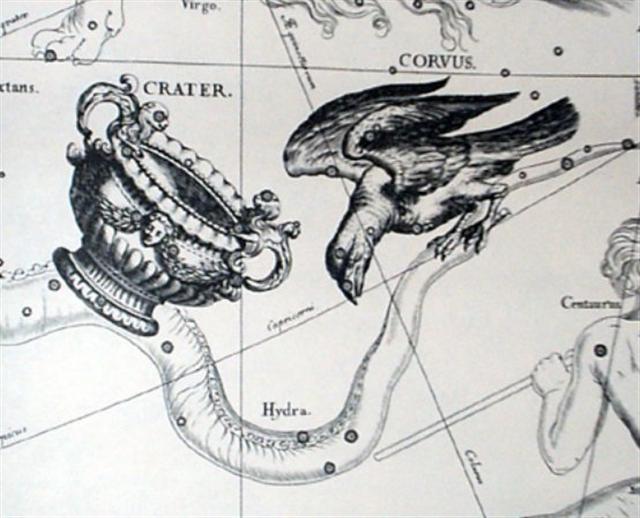Several possible ways ahead are opening up, avenues of exploration. Most promising, I think, is the 'First Point of Libra': "The First Point of Aries is the location of the vernal equinox, and [it] is named for the constellation of Aries. It is one of the two points on the celestial sphere at which the celestial equator meets the ecliptic plane, the other being the First Point of Libra, located exactly 180° from it. Over its year-long journey through the constellations, the Sun crosses the celestial equator from south to north at the First Point of Aries, and from north to south at the First Point of Libra. The First Point of Aries is considered to be the celestial 'prime meridian' from which right ascensions are calculated." (Wikipedia) The meridian defined by the First Point of Libra is then not given any further attention. But in the C text it ought to have been important, marking the point of spring equinox. 180º is a measure of space and 24h is twice as much. At the beginning of side a we have found not 0h but 12h - where I have used right ascension as a way to express the journey of the Sun around the year, to express the time of the year instead of diurnal time (which should have been the origin of the system of mapping the 'longitude' of the stars by their hours, minutes, and seconds):
The number of days in a year is one more than what is necessary to complete the cycle around the Sun (with an extra day needed for turning the Earth around once in order to keep pace with the direction towards the Sun). 364 could then express a measure for completing a right ascension circle around the Sun. Possibly this could explain why April 17 (107) occurs both at the end of side a and at the beginning of side b - with the extra April 17 inserted for the extra day needed for facing the Sun all through the year. The pointed beak of black Raven is marked by Alchita (α Corvi) and in rongorongo times this star was seen (ideally) close to the Full Moon in March 22 (when the fire bird Phoenix was with the Sun in the daytime):
180º in space corresponds to approximately 365¼ / 2 = 182.6 days (12h) of calendar time. But Corvus is not the Libra constellation and the First Point of Libra should therefore be somewhere else. | |||||||||||||||||||||||||||||||


